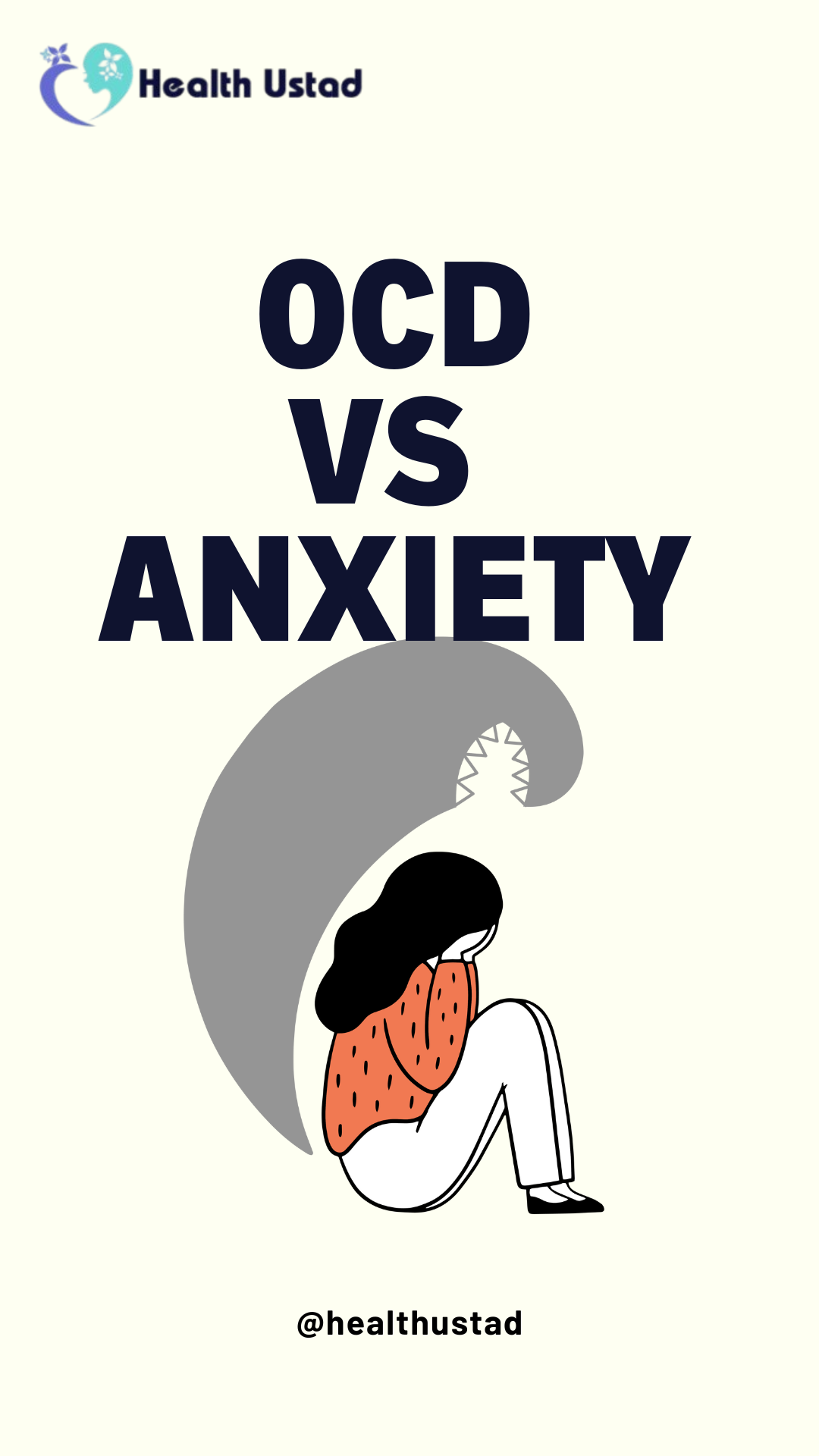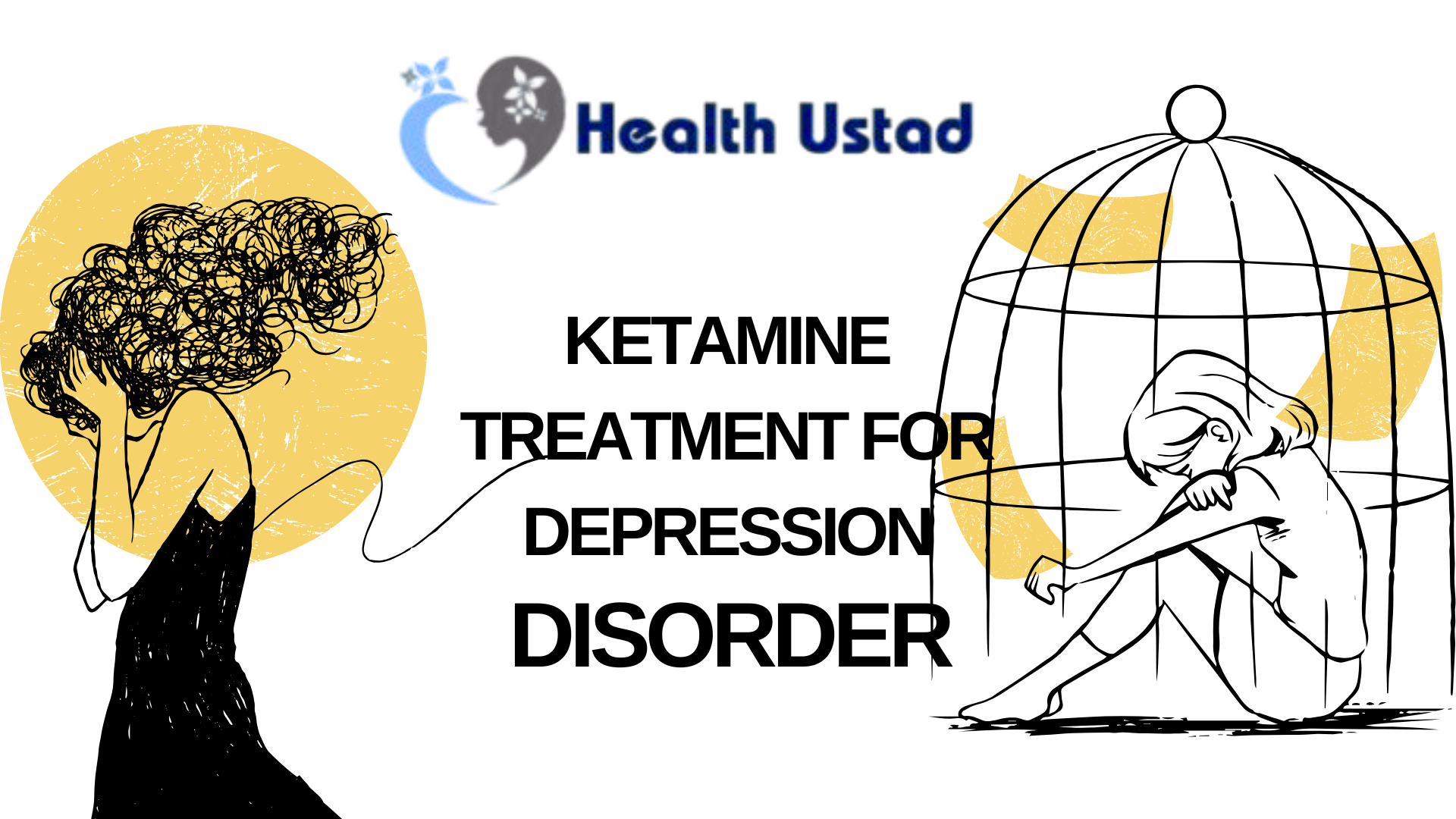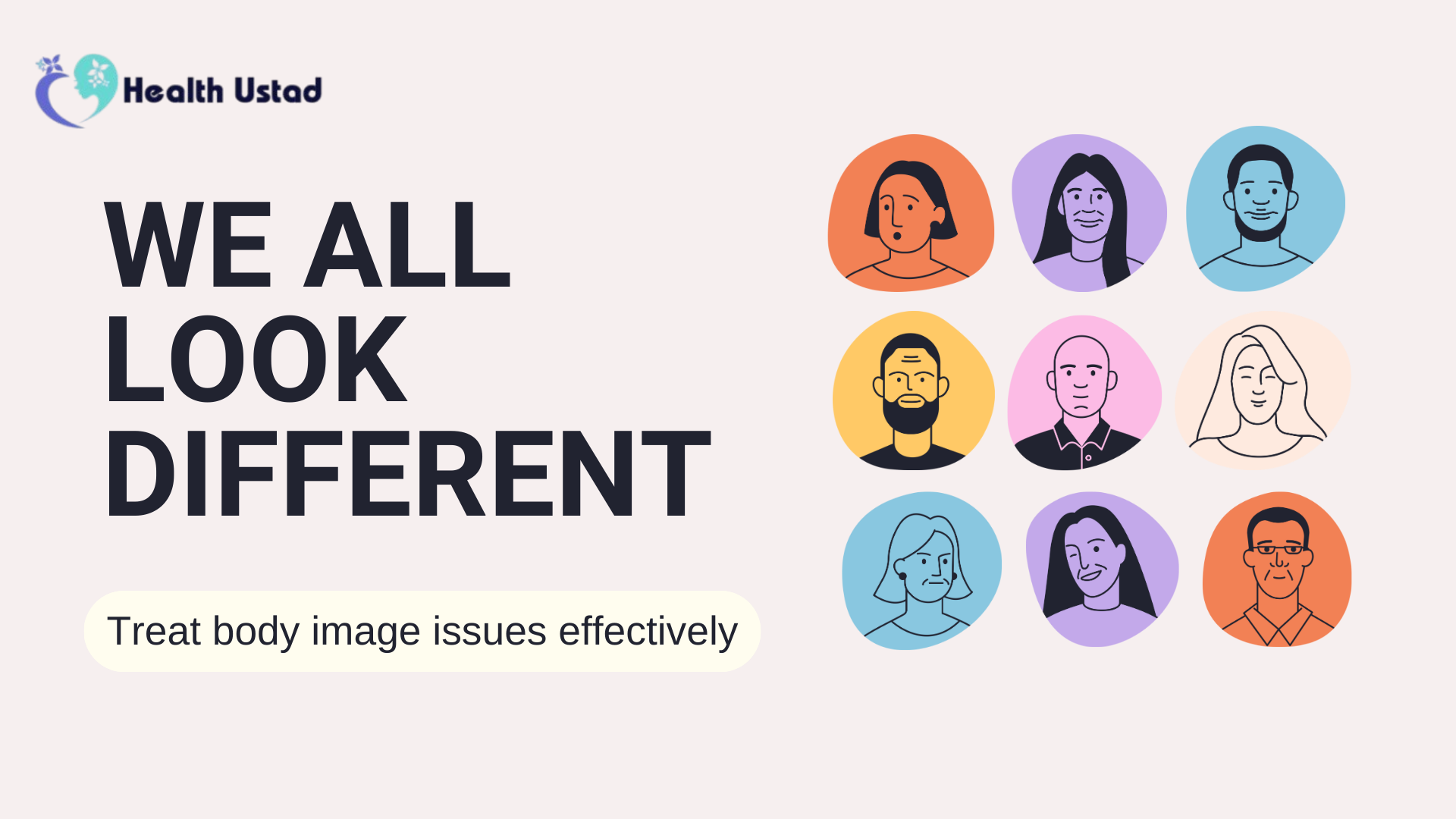OCD vs. Anxiety: Key Differences, Similarities, and Different Treatments

Mental health disorders are affecting millions of people around the globe. Two mental health conditions are misunderstood most of the time: Obsessive Compulsive Disorder OCD vs Anxiety Disorders. Both obsessive-compulsive disorder and anxiety disorder share some symptoms, such as fear, worry, and physical tension.
In this article, we will explore OCD and anxiety in detail. We will tell you about unwanted obsessive thoughts, the compulsions, or actions as a result of these obsessive thoughts, and how Cognitive Behavioral Therapy (CBT), Exposure Response Prevention (ERP) Therapy, and Compulsive Therapy can help treat Anxiety disorder, OCD, and Depression, etc. Here we will tell you how these treatments will help you improve your daily life, relationships, and work.
What Is OCD?
OCD, Obsessive Compulsive Disorder, is a mental health condition in which a person has obsessive thoughts that lead to repetitive behaviors called compulsions.
- Obsessions:
Obsessions are repetitive and intrusive thoughts and images. These repetitive thoughts and urges cause distress in daily life functions, for example, doubt of safety, fear of contamination, and unwanted thoughts of harming others.
- Compulsions:
Compulsions are repetitive behaviors that a person does again and again to reduce anxiety that arises as a result of obsessions—for example, washing hands again and again, checking locks, and repeating some phrases mentally.
OCD is a severe mental health condition that disturbs daily work activities, relationships, and a person’s functioning. These compulsive acts consume even hours of an individual’s daily time.
What Is Anxiety?
Anxiety Disorders are also a category of mental health disorders. Anxiety involves many physical symptoms like palpitation, rise in sympathetic mechanism, and excessive worry. In OCD, people have some specific obsessions and compulsions, while in anxiety disorders, the stressors and fears are general. Anxiety has some common types, including generalized anxiety. GAD involves worries relevant to everyday life, like health, finance, and performance at work.
OCD vs Anxiety: The Key Differences
There are many key differences between OCD and Anxiety. You can differentiate between them on the basis of processes, symptoms, and thought processes that are causing certain behaviors.
Here you can find the differences between the thought processes and behavioral differences of Anxiety and OCD.
1. Thought Processes
- OCD:
In OCD, you have unwanted intrusive thoughts, and these intrusions are unrealistic as well. For example, a person has unrealistic thoughts of harming any loved one or being harmed by anything.
- Anxiety:
In anxiety, you can have excessive worry. This excessive worry can be about any realistic concern, such as losing a job or failing an exam.
2. Responses
- OCD:
In OCD, certain repetitive acts called compulsions are performed as a result of obsessive thoughts. These compulsions are performed to neutralize the obsessive thoughts.
- Anxiety:
In anxiety, certain avoidance behaviors are performed differently from compulsive rituals.
3. Emotional Impact
- OCD:
In OCD, irrational obsessions cause excessive distress. As these obsessions are unreasonable, you cannot feel compelled to act on compulsions.
- Anxiety:
Anxiety causes tension and fear regarding real-life events. This fear and tension are without having compulsions.
4. Symptoms
- OCD:
OCD has physical symptoms that revolve around obsessive thoughts. These obsessive thoughts cause physical tension and stress.
- Anxiety:
In anxiety, the physical symptoms that appear include sweating, headaches, rapid heartbeat, and muscle tightness.
How OCD & Anxiety Overlap?
There are differences in symptoms of OCD and anxiety, but some symptoms of both overlap. The similarities shared by OCD and Anxiety are:
(i) Anxiety and OCD have fear and worry of something.
(ii) Both Anxiety and OCD affect daily life, work, and relationships.
(iii) In OCD and Anxiety, avoidance behaviors are shown.
(iv) Both OCD and Anxiety are mental health conditions, and they also co-occur in the same person.
So, by understanding the difference between symptoms of OCD vs Anxiety, you can identify the right treatment plan for you.
How does a Mental Health Professional Diagnose?
Since OCD vs Anxiety overlap, a mental health professional can help you better diagnose whether you are having OCD or Anxiety.
The OCD vs Anxiety assessment process includes:
- By reviewing your intrusive thoughts of OCD.
- By reviewing physical signs of anxiety.
- By understanding how physical signs of anxiety and intrusive thoughts affect work and relationships.
- By determining whether these physical signs are due to irrational worry or due to unrealistic obsessions.
Effective Treatments
When a mental health professional has a precise diagnosis, it allows for the performance of appropriate treatment. Treatments provided in such conditions can be ERP or CBT.
1. Cognitive Behavioral Therapy (CBT)
Cognitive behavioral therapy CBT is considered one of the most effective treatments for many psychotic and neurotic disorders, including OCD and Anxiety. CBT helps you to recognize your negative thought patterns and how you can replace these thoughts with healthier coping strategies. CBT can be used for the treatment of Anxiety, Depression, OCD, and Personality disorders.
- For the treatment of OCD, the focus of Cognitive behavioral therapy is to challenge obsessive thoughts and to reduce compulsive behaviors caused by obsessive thoughts.
- For the treatment of Anxiety, Cognitive behavioral therapy will help you manage unrealistic and excessive worries. CBT teaches relaxation techniques to reduce physical symptoms of anxiety.
2. Exposure and Response Prevention (ERP) Therapy
Exposure response therapy is a specialized form of CBT, used for the treatment of OCD. In exposure, people are exposed to their anxiety or OCD fears; it is like touching a doorknob. Over time, the response caused by negative or compulsive thoughts is overcome by reducing the power of disturbing and intrusive thoughts. ERP teaches and trains the brain that obsessive thoughts are unnecessary and illogical.
3. Medications
Medications are a must to give in some cases of anxiety and OCD, including Selective serotonin reuptake inhibitors. These medications are given to regulate brain chemistry and reduce the intensity of intrusive thoughts.
4. Self-Care Strategies
Managing OCD vs Anxiety demands different self-care strategies and changes in lifestyle as well. These self-care strategies include:
- Practicing mindfulness exercises to manage unwanted obtrusive thoughts.
- Do regular exercise, which will help to reduce stress symptoms.
- Improving relationships as a support system improves mental health.
Living with OCD vs Anxiety
As we have discussed in detail, people with OCD have obsessive thoughts in their daily lives. They try to overcome these obsessive thoughts through compulsive behaviors. These compulsive behaviors interfere with the daily functioning of the individual.
If we talk about anxiety, excessive worries can lead to physical tension. In anxiety disorders, these excessive worries disturb your daily life functions and relationships.


Post Comment